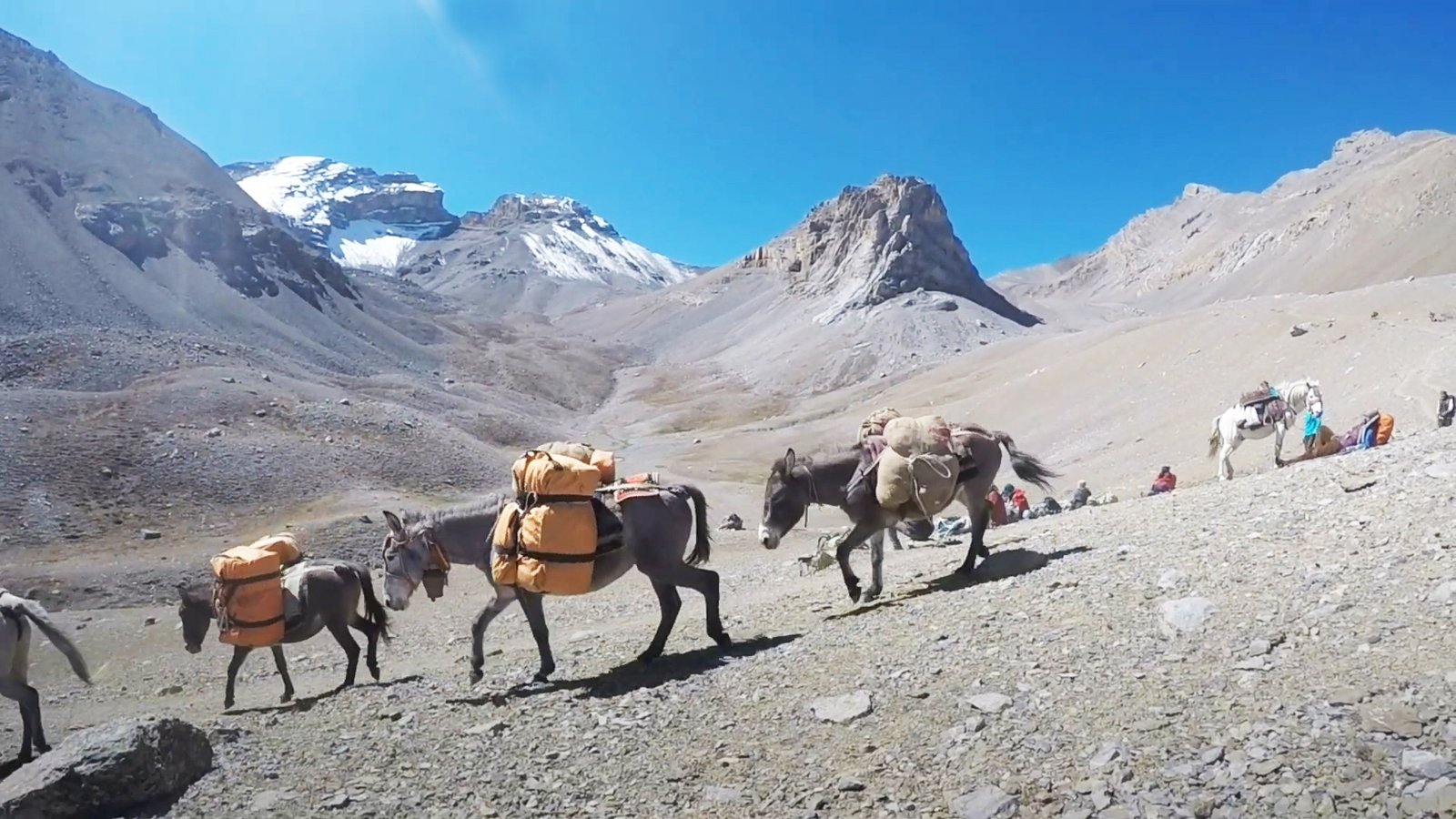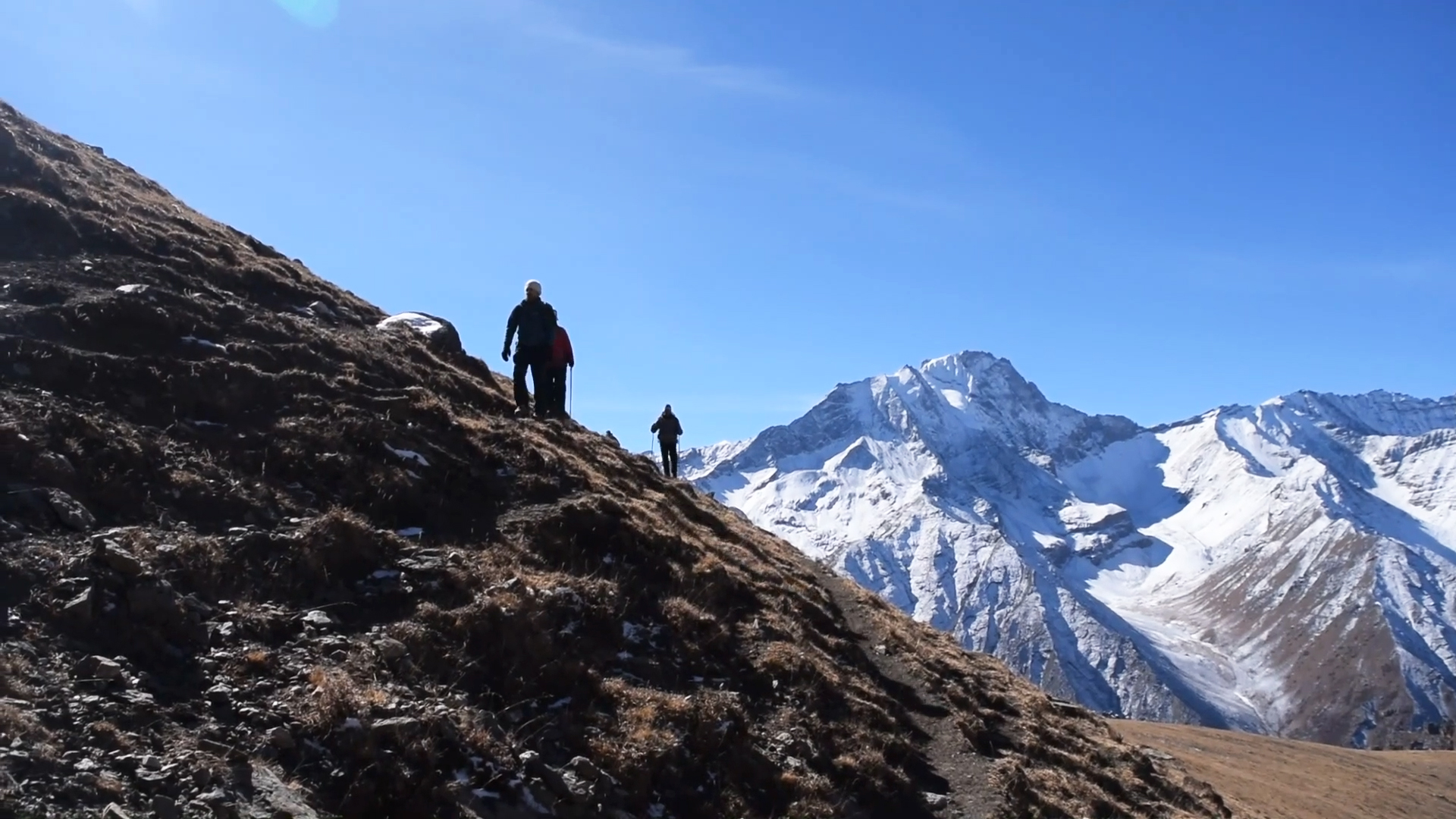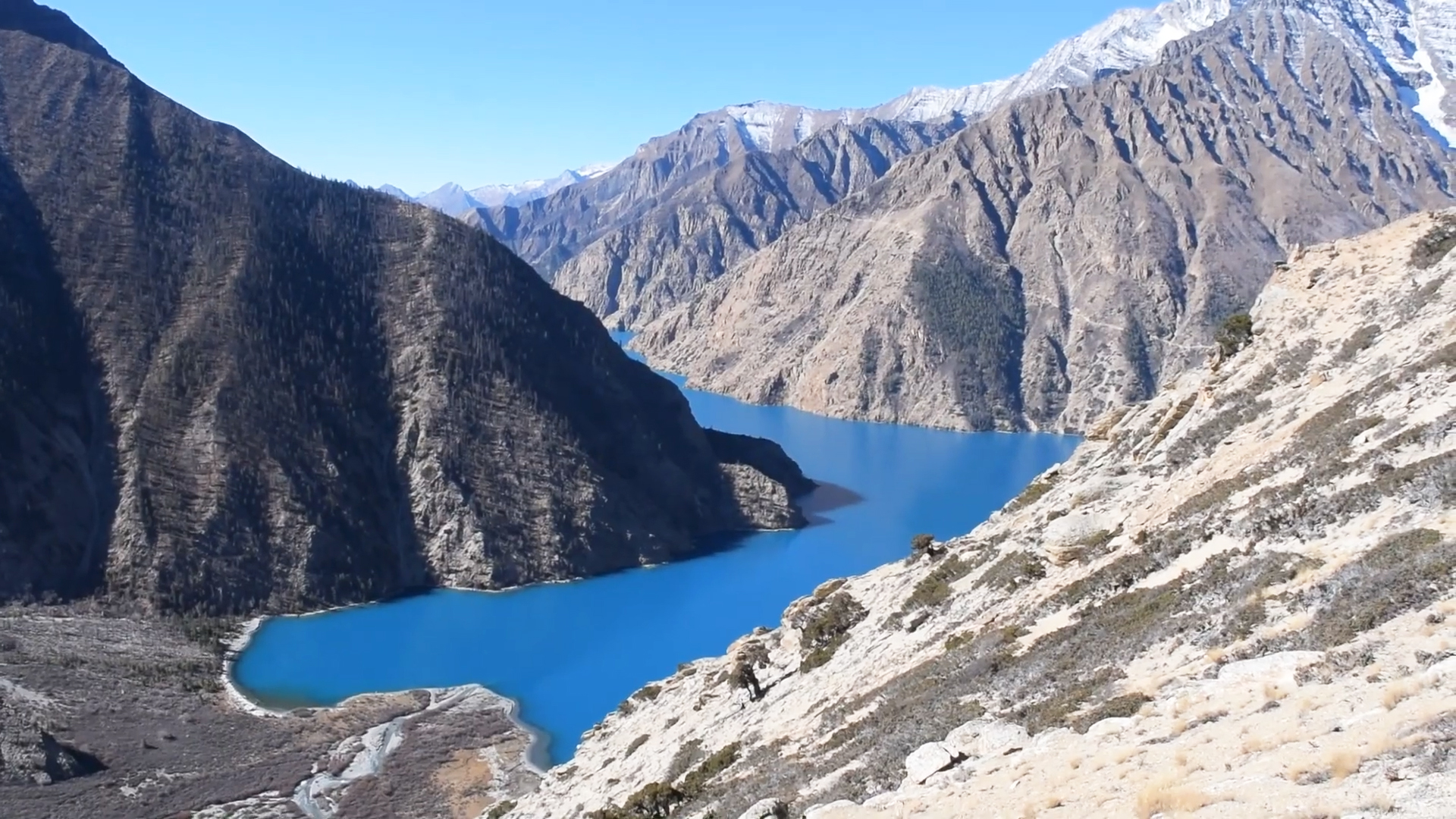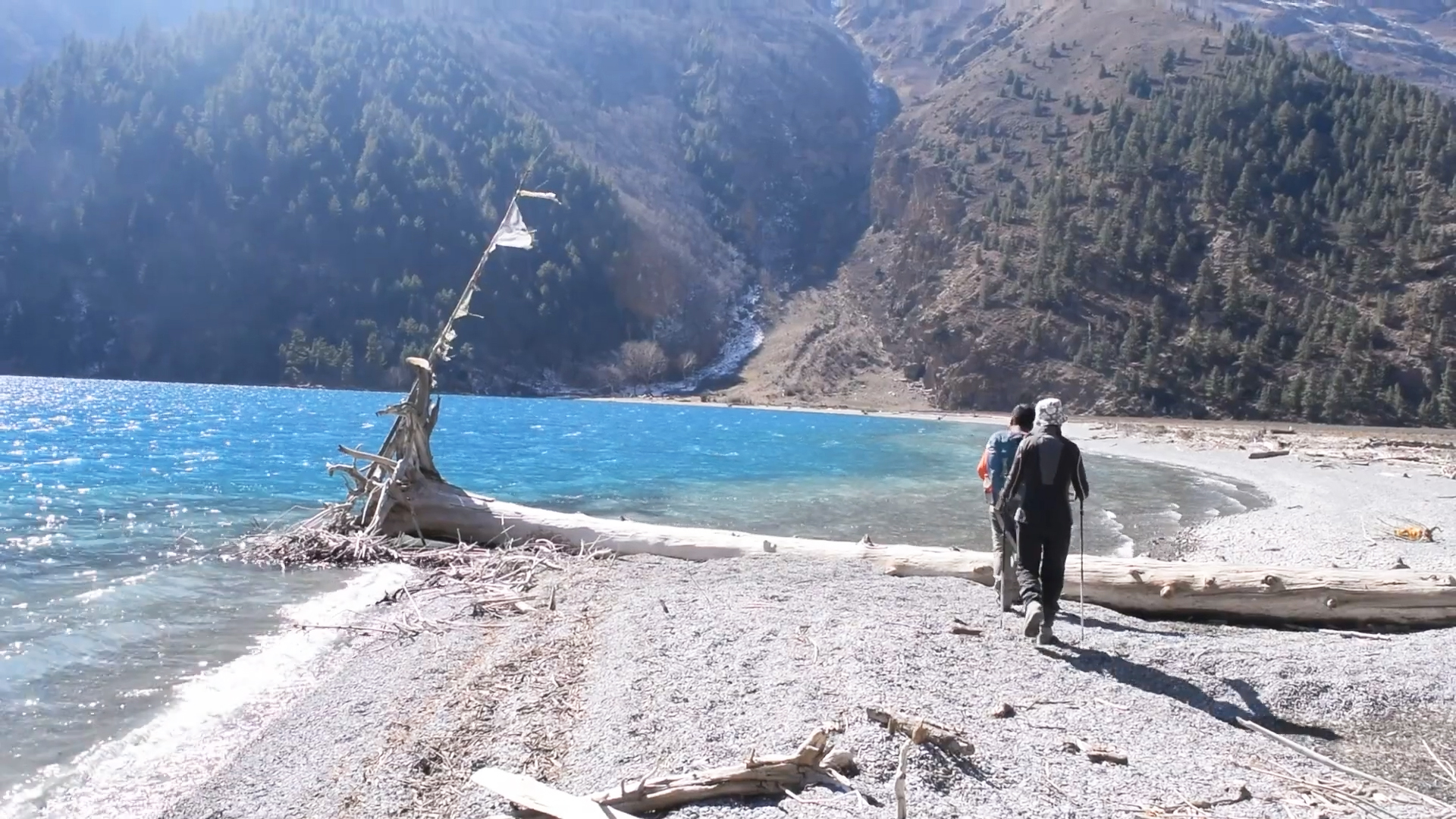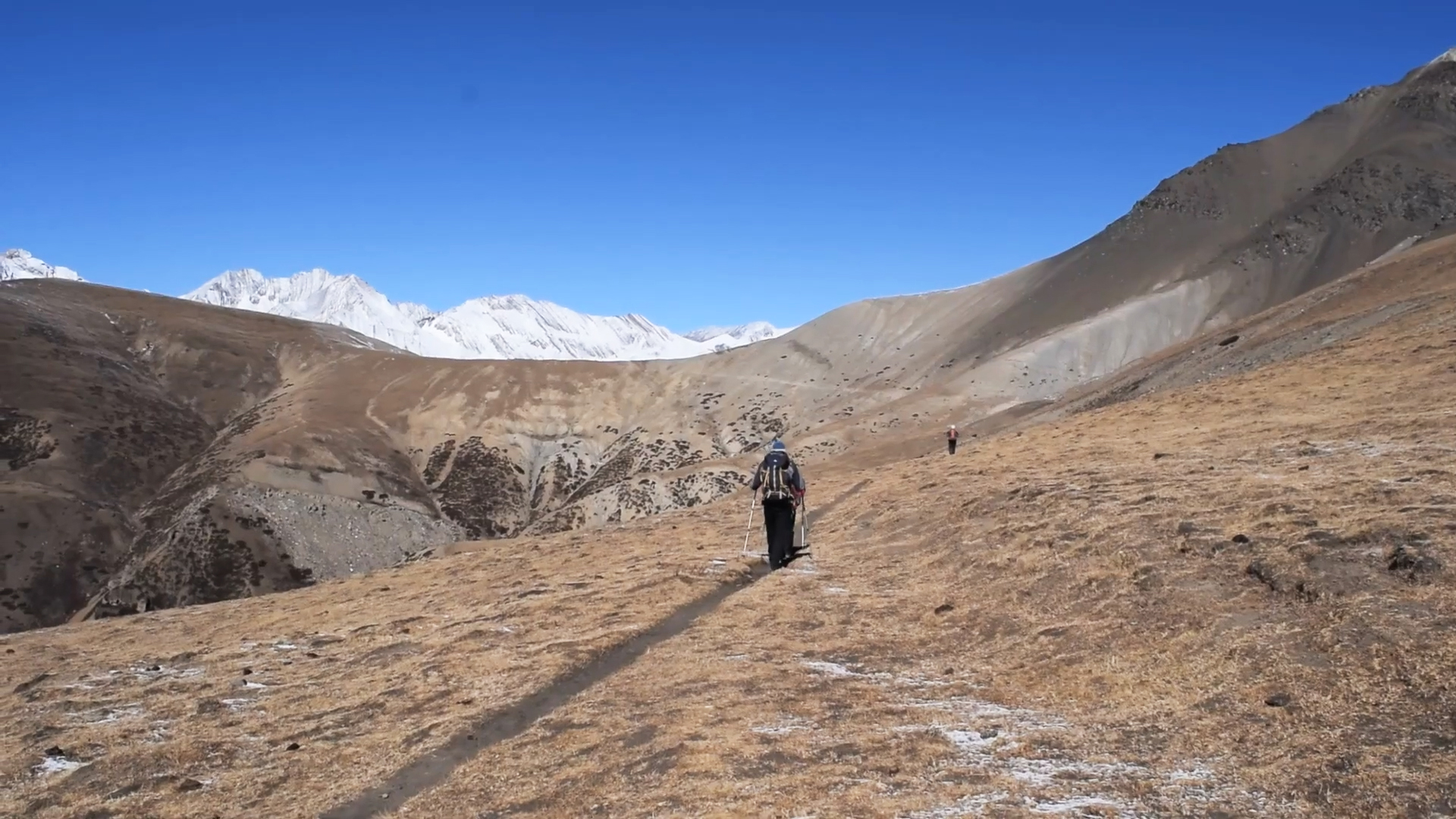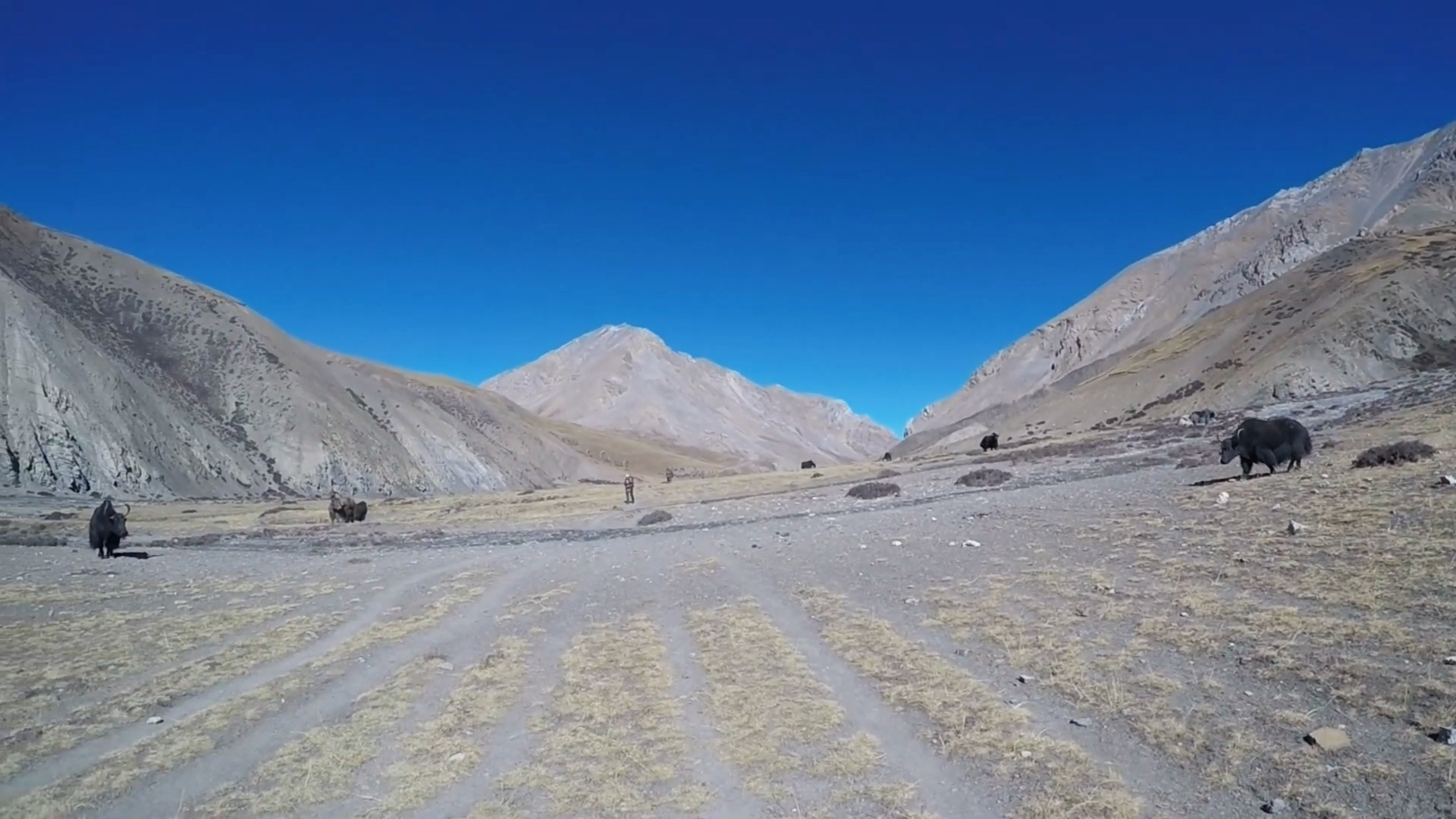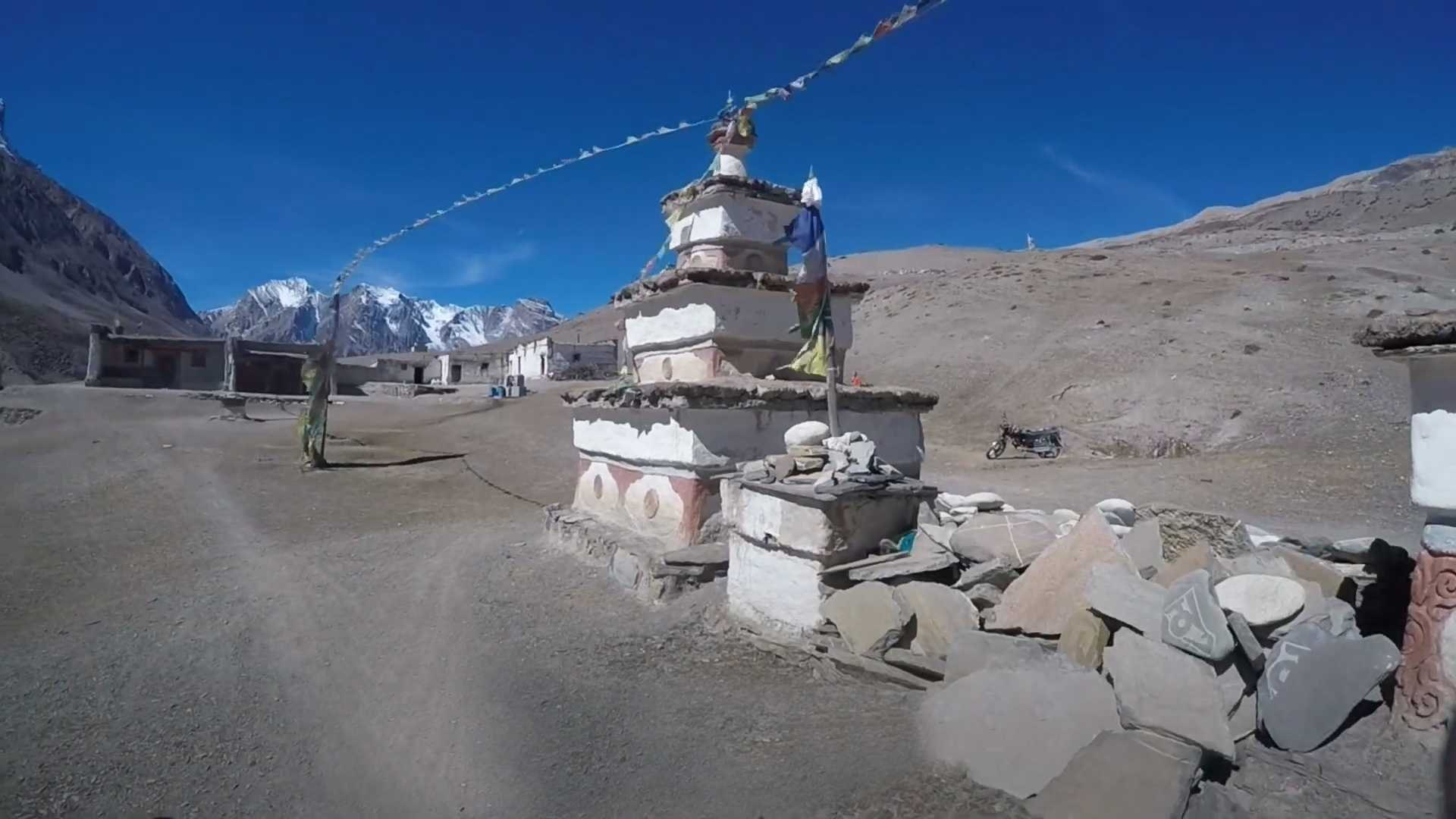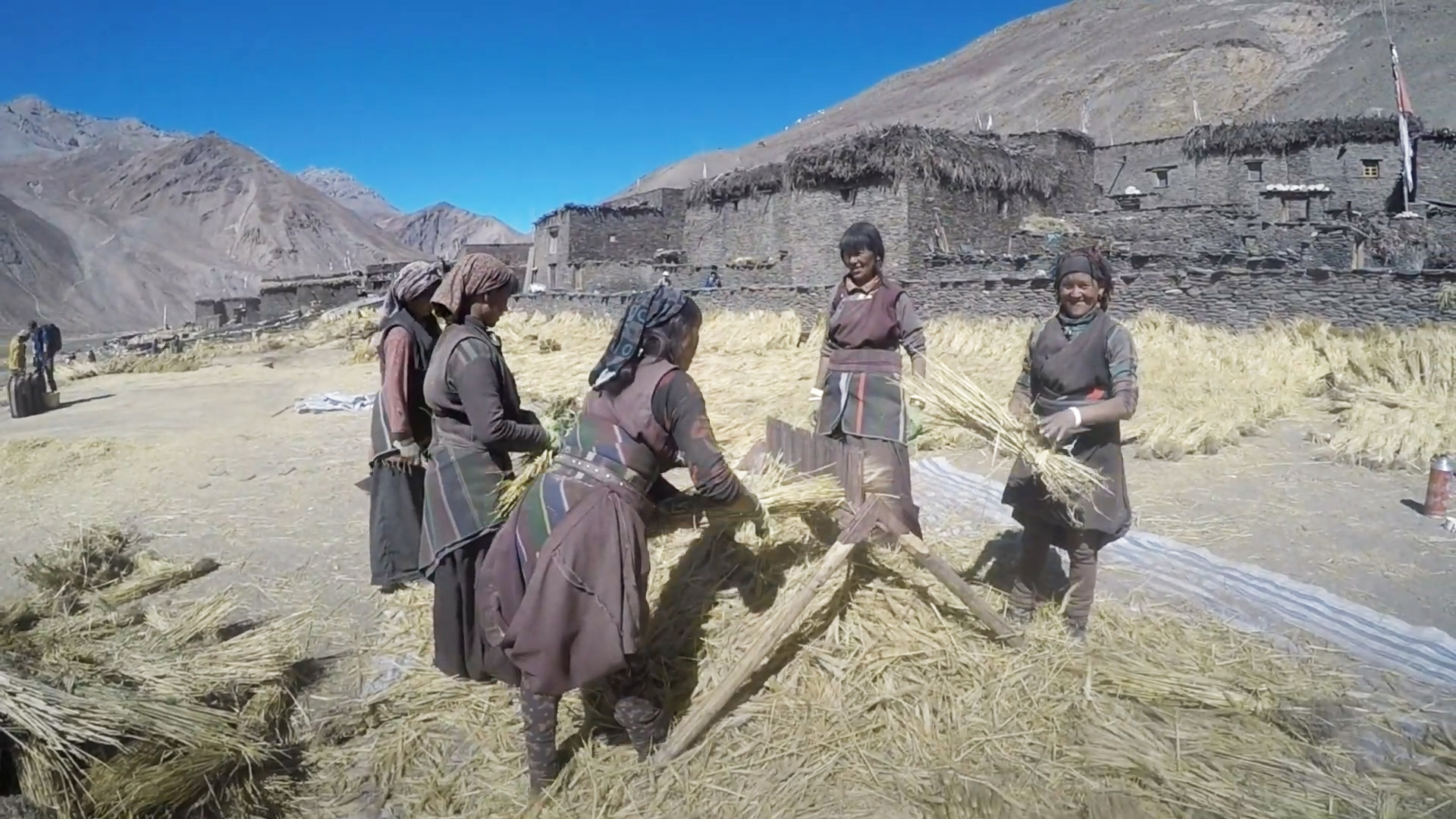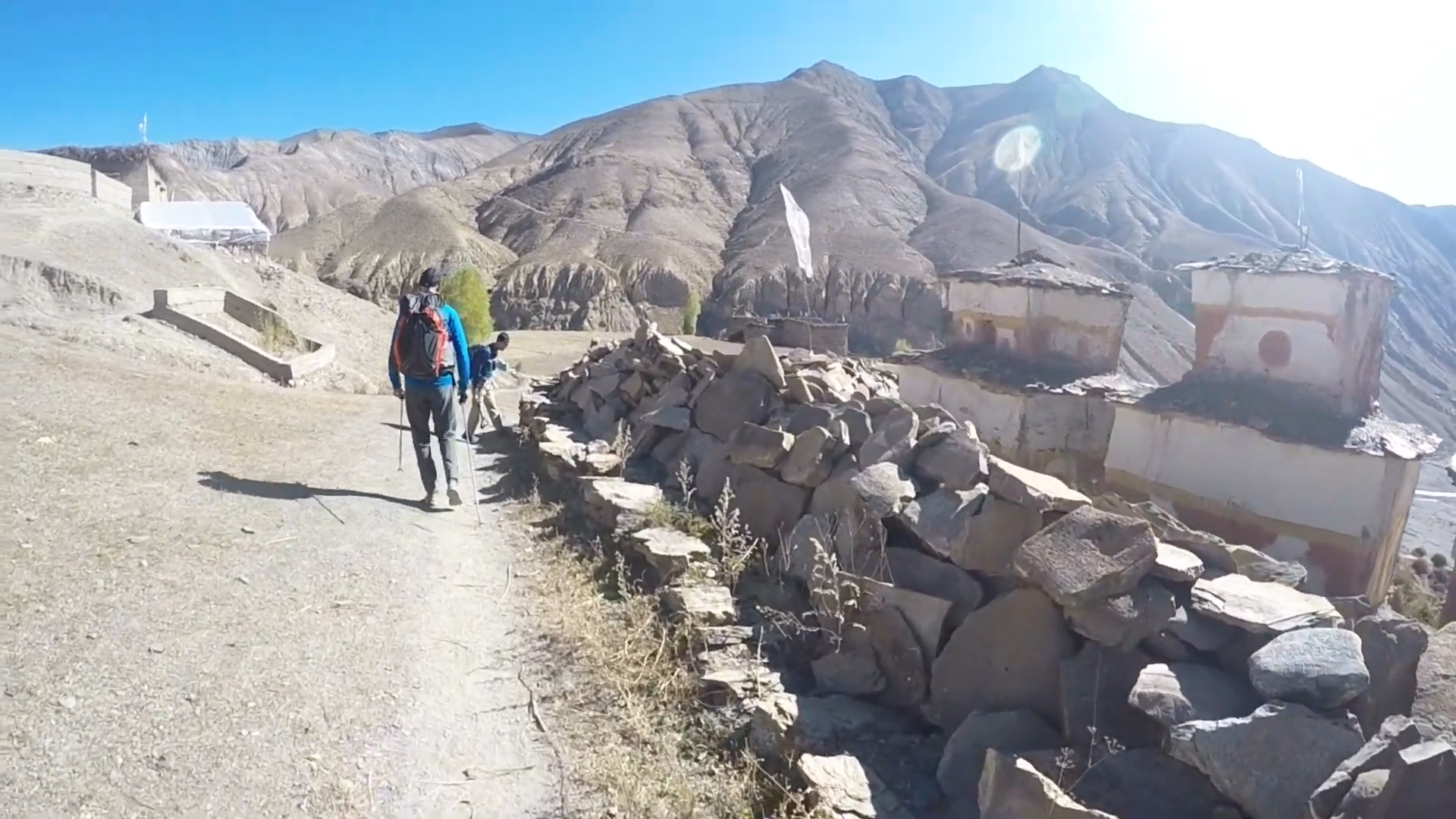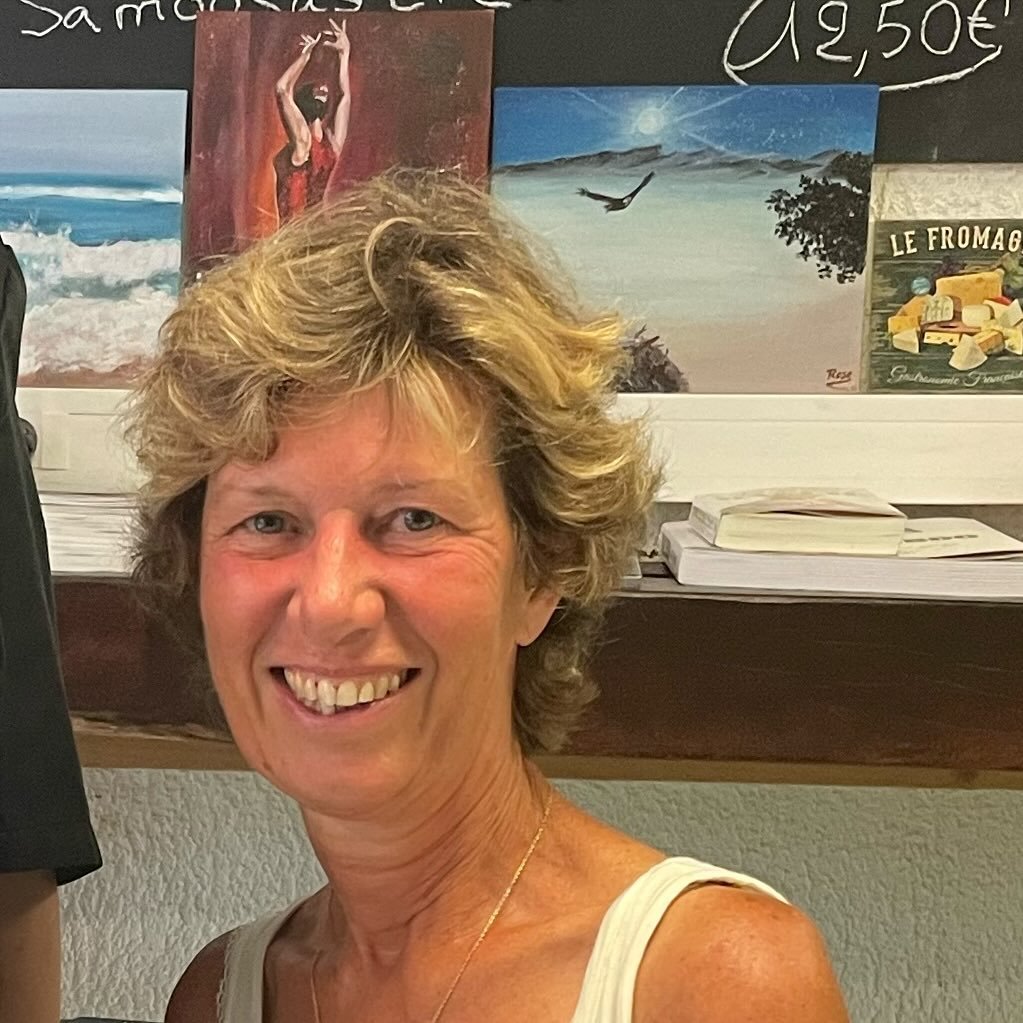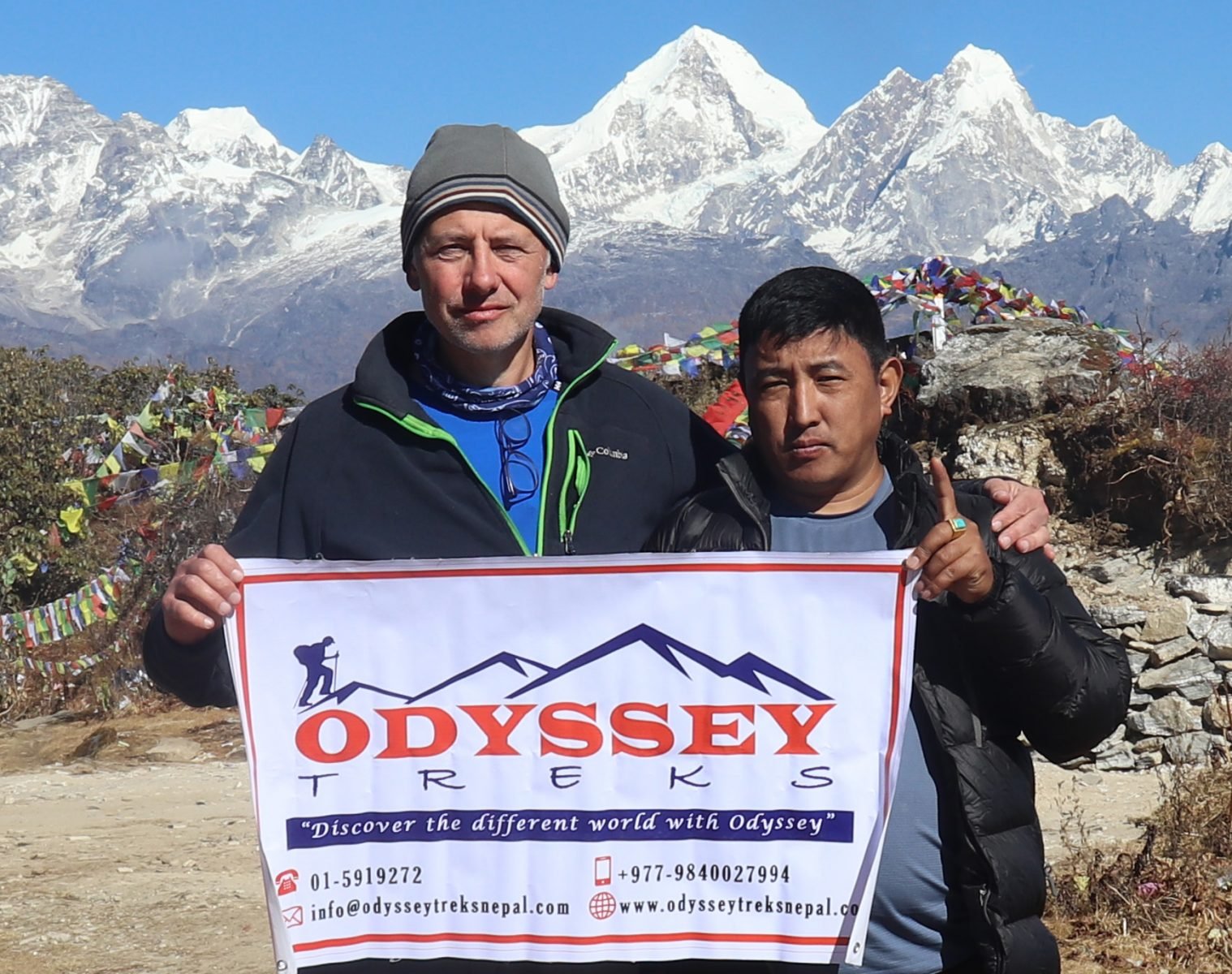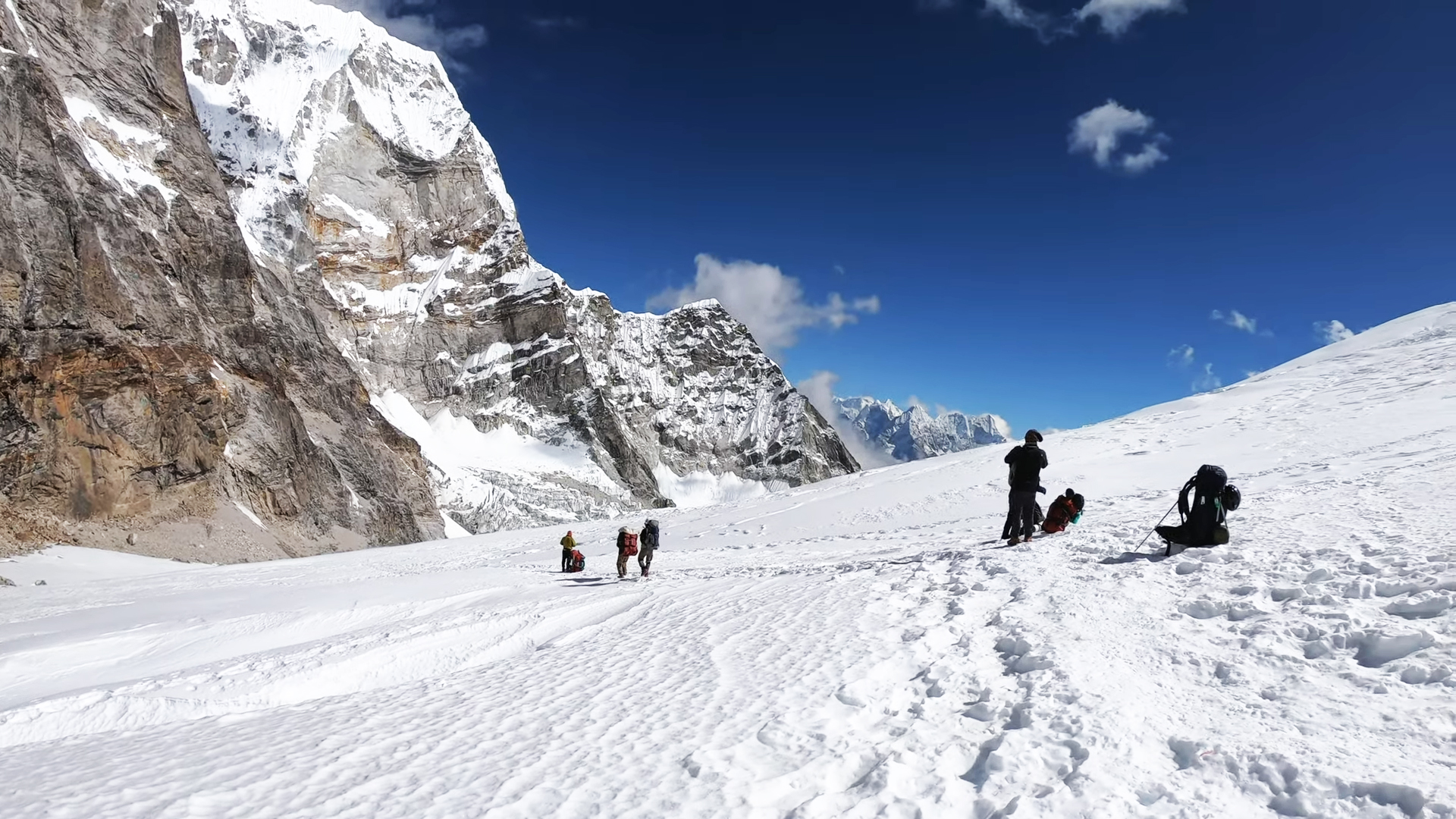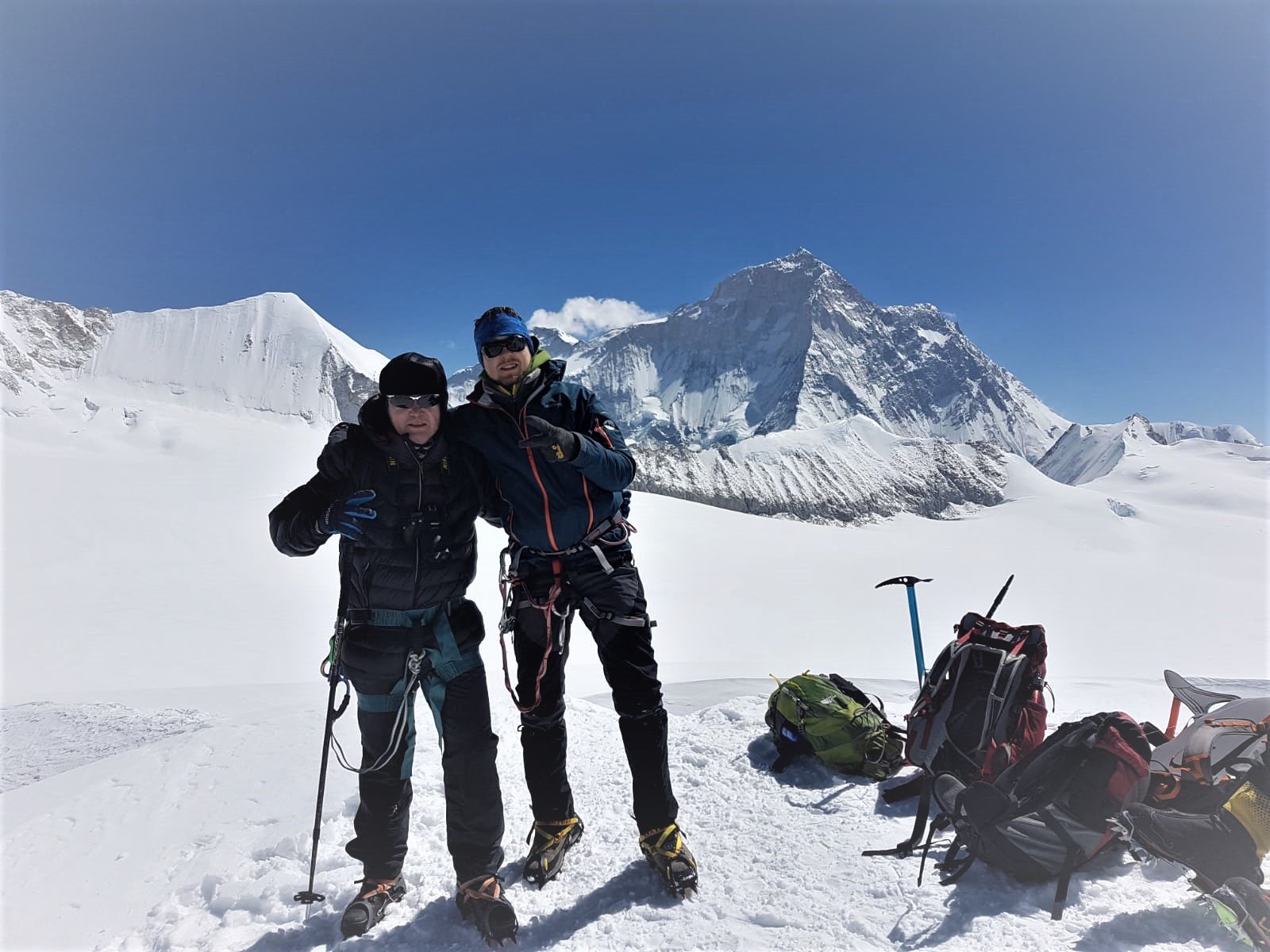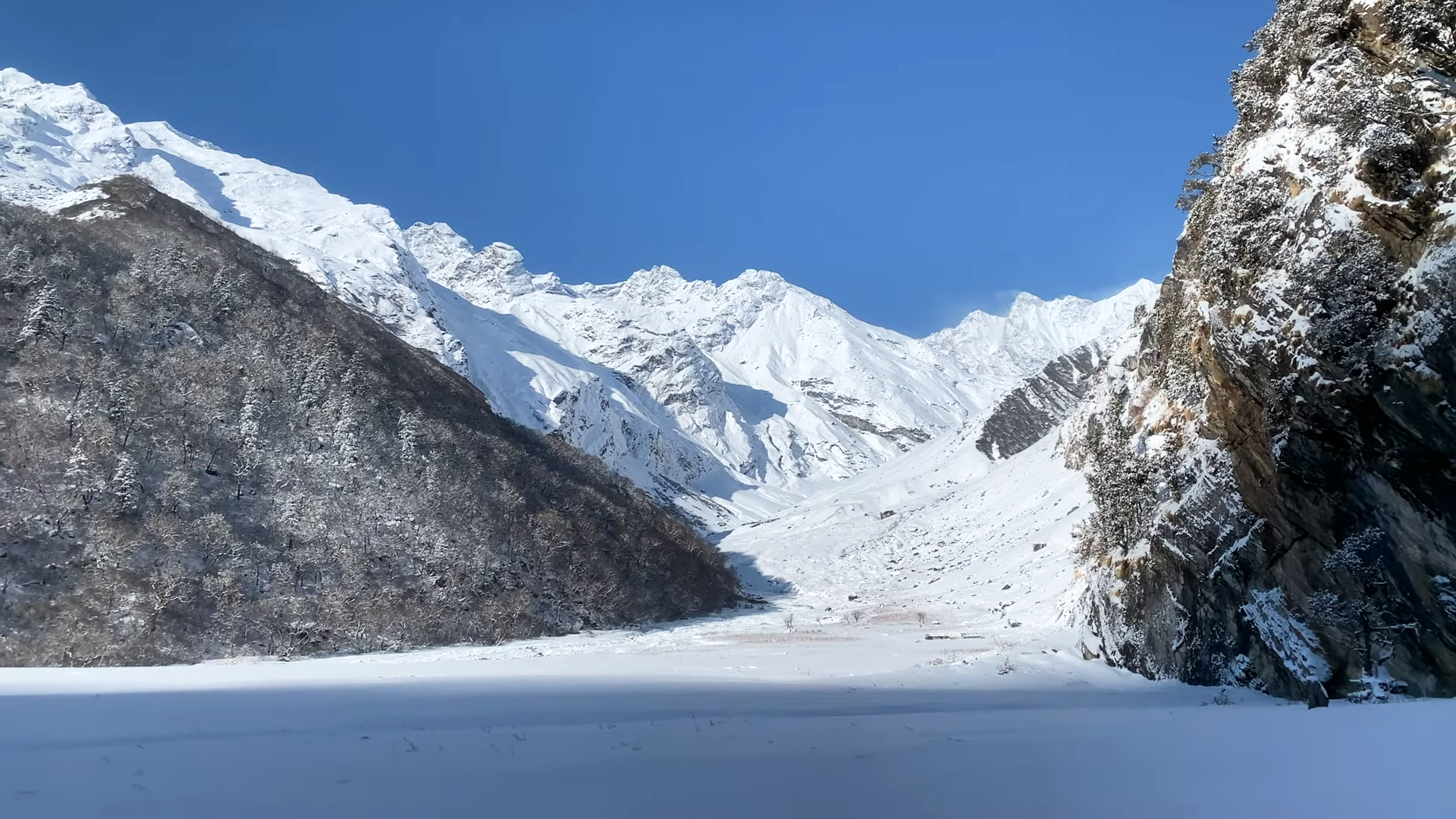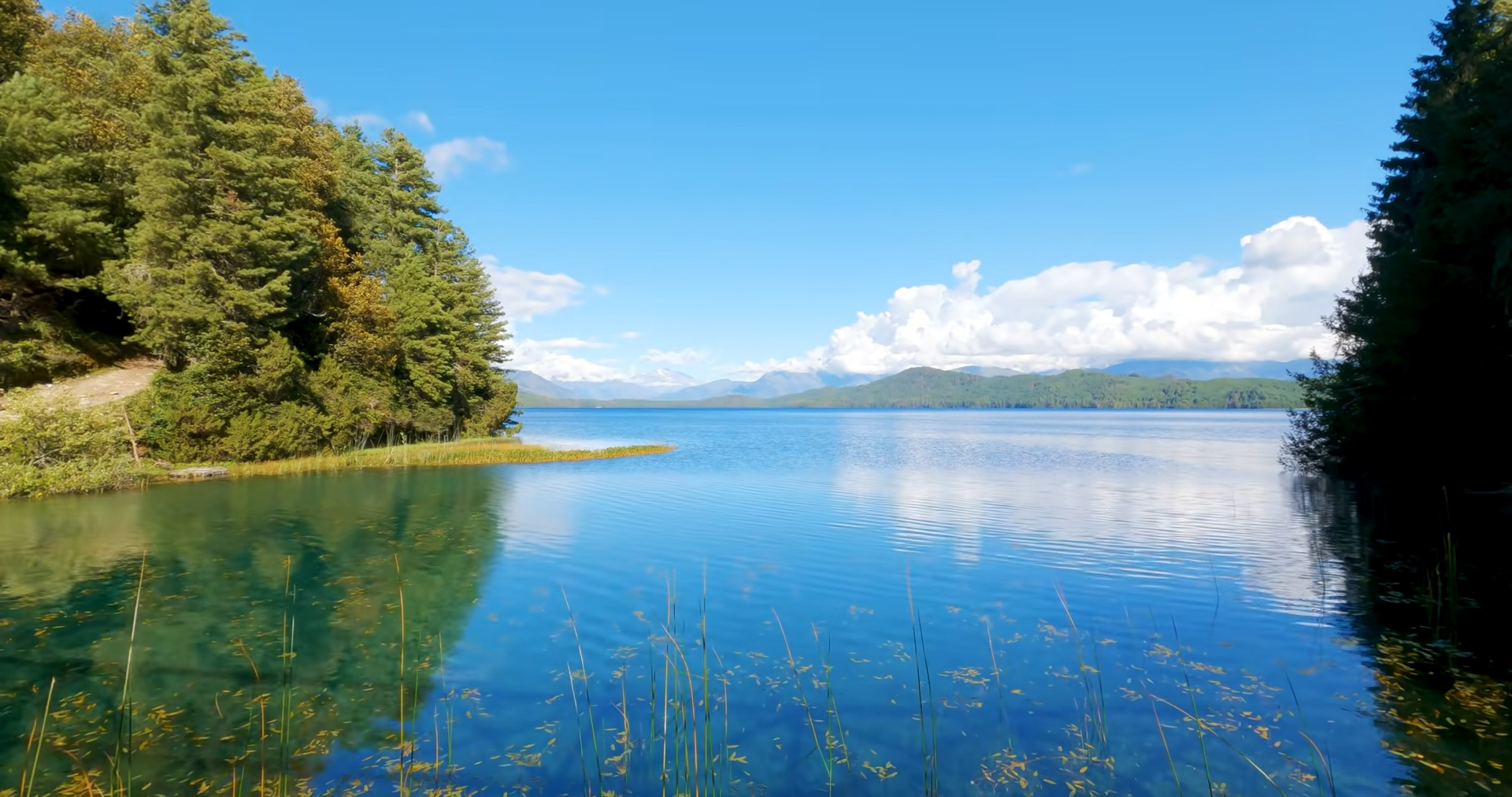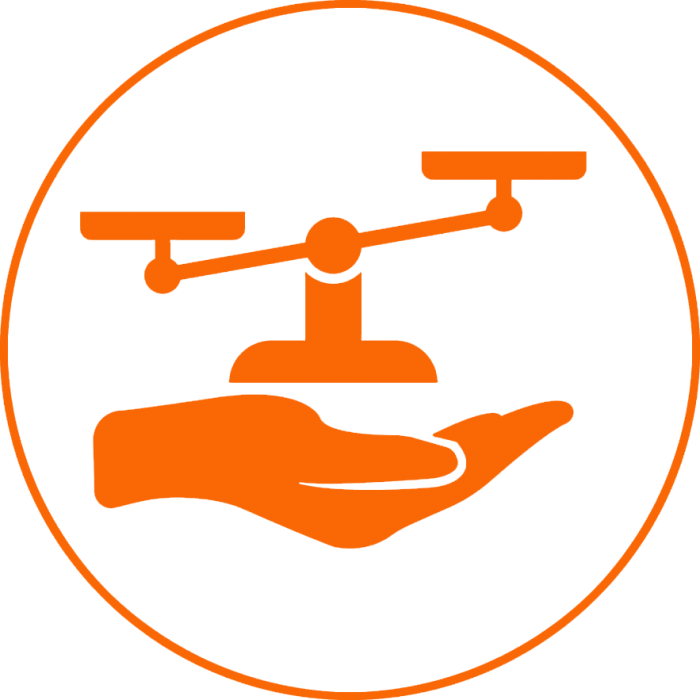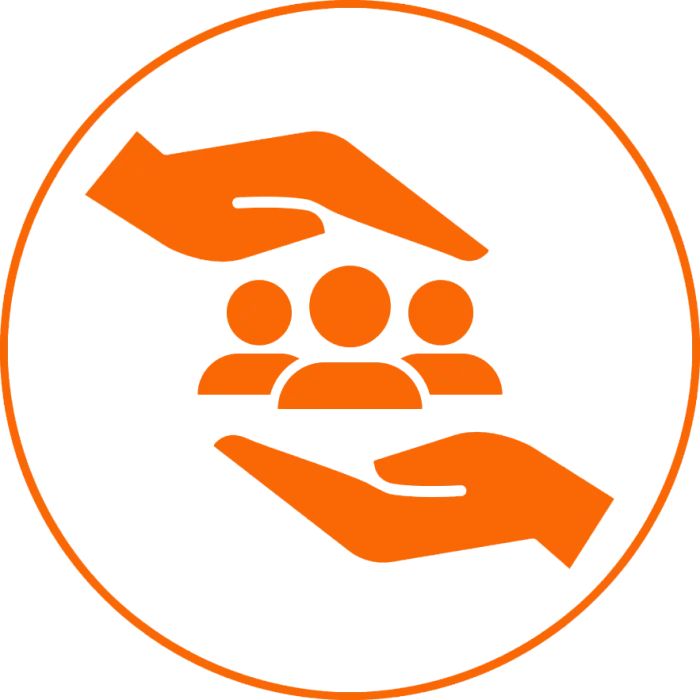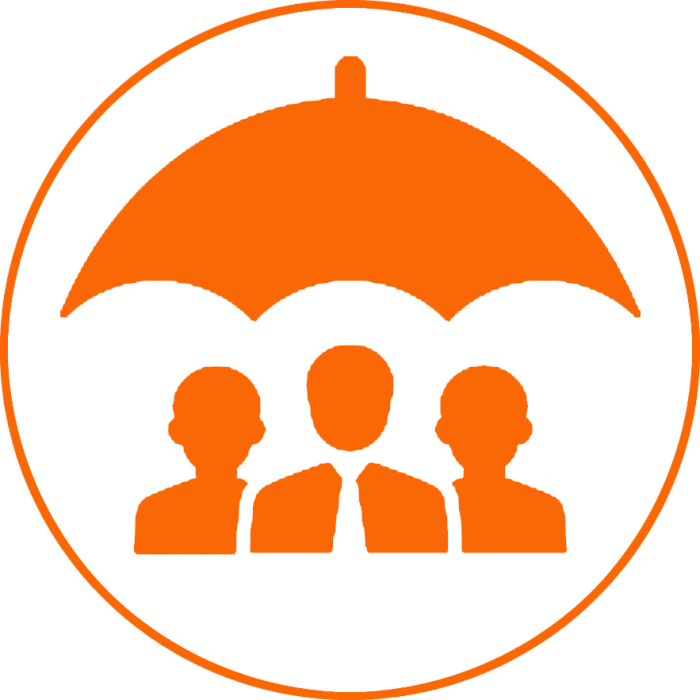Trip Overview
Introduction to Lower Dolpo Trek
The lower Dolpo trek in the remote western part of Nepal offers a unique trekking experience. Since opening for foreigners in 1989, the area has become a very popular destination for trekkers. The lower Dolpo has a unique fascination with its remote areas. So, it is known as the ‘hidden treasure of Nepal.’ Naturally very rich in the Himalayan valley, the lower Dolpo lies in an isolated corner of the Trans Himalayas of Nepal.
The Dolpo area lies in Shey Phoksundo National Park and was established in 1984 to protect these natural surroundings and animals. Shey Phoksundo National Park is the largest in Nepal, with an area of 3,555 square kilometers. This park is the main habitat for snow leopards and blue sheep.
Visit Sunning Phoksundo Lake
The Lower Dolpo Trek crosses three high passes: Kagamara La (5,115m), Baga La (5,190m), and Numa La (5,159m), leading us to the stunning ‘Phoksundo Lake’ surrounded by fascinating flora and fauna. The route reaches Phoksundo Lake through beautiful villages, deep gorges, and remote zones. It is the deepest lake in Nepal and is located at an altitude of 3,611 meters.
You may visit: Bhutan Dagala Trek in 9 days, Trek Path, Distance, Maps, and Itinerary.
The daily lifestyle of the people here is very difficult because of the remote areas, but the people in this area are very friendly and humble, with smiling faces. Other attractions of this trek are Buddhist monasteries, the Tibetan plateau, the lifestyle of local people, and their culture. Since the Dolpo area is close to the Tibetan border, the people of Dolpo follow old Tibetan Buddhism.
Overall, this Lower Dolpo Trek is a fantastic combination of mountain views, high passes, magnificent landscapes, lush valleys, and beautiful lakes with a Tibetan Buddhist-dominant culture that practices its ancient traditional culture and lifestyle.
Due to this remote, sensitive geography, trekking in this area requires a special trekking permit. And the Nepal Immigration Department issues a special permit. Lower Dolpo Trek is a strenuous level trip. So if you want to go trekking, it is necessary to keep yourself physically fit. Get ready for the most memorable and adventurous trip of your life in the land of the Himalayas.
You may like to visit: The Bhutan Dagala Trek in 9 days, route, Distance, and Itinerary.
Trip Itinerary
Fly Kathmandu to Nepalgunj – 45 minutes.
Fly Nepalgunj to Juphal (2,475m) and trek to Dunai (2,140m) – 3 to 4 hours walk.
Dunai to Lingdo (2,391m) - 5 to 6 hours walk.
Lingdo to Laina Odar (3,370m) - 6 to 7 hours walk.
Laina Odar to Nawarpani (3,475m) - 4 to 5 hours walk.
Nawarpani to Sisaul (3,750m) - 4 to 5 hours walk.
Sisaul to Dho Tarap (4,080m) - 4 to 5 hours walk.
Dho Tarap to Numala Base Camp (4,440m) – 4 to 5 hours walk.
Numala Base Camp to Danigar (4,631m) via Numa La Pass (5318m) - 6 to 7 hours walk.
Danigar to Yak Kharka (3,982m) via Baga La (5,190m) - 6 to 7 hours walk.
Yak Kharka to Ringmo/Phoksundo Lake (3,611m) – 3 to 4hours walk.
Phoksundo Lake to Chhepka (2,838m) via Rechi (2,940m) - 7 to 8 hours walk.
Chhepka to Juphal (2,475m) -6 to 7 hours walk.
Fly Juphal to Nepalgunj.
Fly Nepalgunj to Kathmandu.
Why not list the price?
Each client's needs may be different. The price of the trip varies according to the size of your group and the service you want. The cost of the trip is calculated according to the type of service and accommodation chosen by our customers.
Each trip is customized to fit the client's needs and group size, so the price of each organized trip is different. Please let us know the service you want and the size of the group. We create trips to suit your taste and travel budget per your requirements. Hope you find our price calculation reasonable according to your needs and preferences.
Frequently asked questions about this trip
How difficult is the trek?
The difficulty depends on where and how long you want to trek. The short trek is easy while the long trek requires some physical fitness.
What is altitude sickness?
Altitude sickness is normally known as acute mountain sickness. This can happen when people rapidly climb up to an altitude of more than 3000 meters. We ensure minimal risk by adding rest to our trekking itineraries. Most people will feel some effects of altitude, some shortness of breath and possibly light headache, this is normal enough. Acute mountain sickness patients are quite different and usually have a serious headache, sickness, and lose awareness. In almost all possible cases there are sufficient warning signs to take action properly. Descending to a lower altitude is usually enough to prevent any further problems.
What type of accommodation is available during the trekking?
There are mainly tea houses and lodges available for trekking and they are usually made using local materials and are very comfortable. These accommodations are often family-run and usually provide single and double rooms. The dining room is on the ground floor and is often on fire. All food will be cooked in order in the family kitchen. Toilet facilities are sometimes separate and sometimes outside. Most lodges provide mattresses and blankets. It's a good idea to always have a sleeping bag, which can be useful, and perhaps an inflatable pillow.
How long do we walk every day on trekking?
Trekking programs are classified into three different categories: soft, moderate and hard. Soft treks are only about 7 days to 10 days in duration. They generally do not go above 4000 meters; you can expect to walk about 4-5 hours each day. Moderate treks are challenging enough and long treks that go to the high hill country. Physically exhausting, this involves trekking along the cliffs of the mountains for about 6-8 hours. Harder treks are longer treks that go farther away from the general abode of trekkers and tourists. These physically challenging treks involve walking for 7- 9 hours each day.
How much weight do I need to carry on the trek?
You carry some of your personal belongings, such as warm clothing, water, snacks, sun block, cameras and more. Generally, these items will be lightweight, from 5 to 10kg (10 to 20 pounds). Our porters are available for other heavy goods and for your information one porter would be sharing by two people. The maximum weight carried by one porter is total 20 kg. this means 10 kg. per person is allowed for the trek. In case if you wish to carry more than this weight then you need to hire additional porters.
What is the best time for trekking in Nepal?
October and November are considered as the best times for trekking in Nepal due to dry season. December and January are also considered good times for trekking but it is extremely cold at high altitudes.
Google Reviews
Guest reviews
Thank you a lot for your organization about my trek. It was a superb experience; all was perfect. Karma is a very nice person and a good guide. I appreciated trekking with Odyssey (a reliable Nepal trek operator). If I come back to Nepal, I will be happy to...
Have just returned from my fourth trip to Nepal and as always Odyssey Treks organized everything superbly. We visited Makalu relatively late in the season and were rewarded with empty trails and amazing weather. Karma was as entertaining, friendly, and informative as ever along with Ang Dawa Sherpa who...

